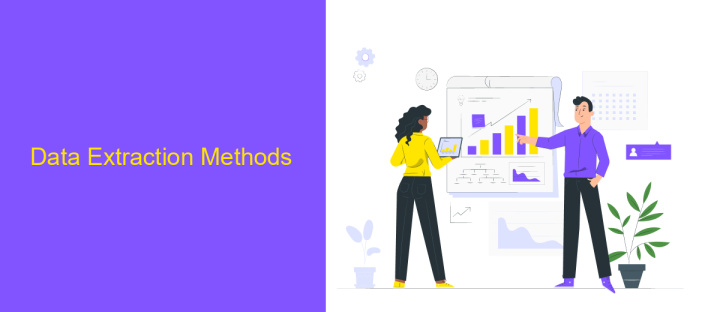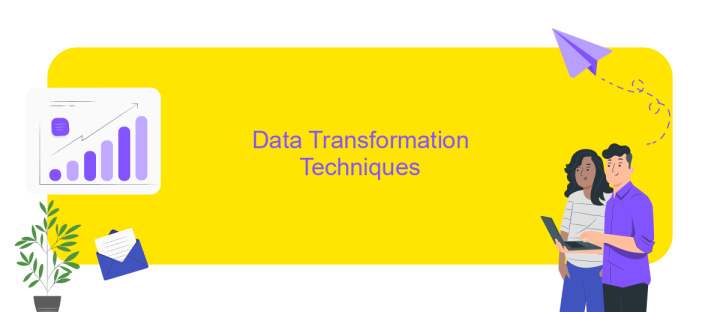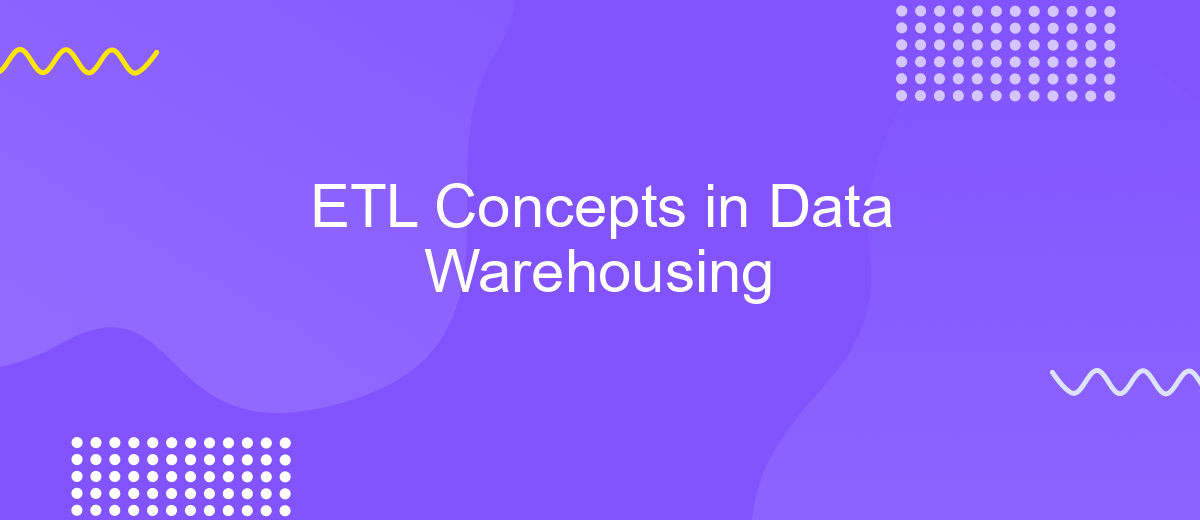ETL Concepts in Data Warehousing
Extract, Transform, Load (ETL) is a fundamental process in data warehousing that involves extracting data from various sources, transforming it into a suitable format, and loading it into a data warehouse. This process ensures that data is clean, consistent, and ready for analysis, enabling organizations to make informed decisions based on accurate and comprehensive information.
ETL Overview
ETL (Extract, Transform, Load) is a fundamental process in data warehousing that involves extracting data from various sources, transforming it into a suitable format, and loading it into a destination database. This process ensures that data is consistent, reliable, and ready for analysis.
- Extract: Data is collected from multiple sources, such as databases, APIs, and flat files.
- Transform: The extracted data is cleansed, formatted, and transformed to meet the requirements of the target database.
- Load: The transformed data is loaded into a data warehouse or another storage system for further analysis.
Effective ETL processes are crucial for maintaining data integrity and enabling accurate data analysis. Tools like ApiX-Drive can simplify the integration process by automating data extraction and transformation from various sources, ensuring seamless data flow into your data warehouse. This automation not only saves time but also reduces the risk of errors, making it an invaluable asset for businesses looking to optimize their data management strategies.
Data Extraction Methods

Data extraction is a critical phase in the ETL process, involving the retrieval of data from various sources, such as databases, cloud storage, and APIs. One common method is full extraction, where all data is extracted from the source system, regardless of its state. This method is straightforward but can be resource-intensive, especially with large datasets. Another approach is incremental extraction, which only retrieves data that has changed since the last extraction. This method is more efficient and reduces the load on source systems.
Modern ETL processes often leverage APIs for data extraction, enabling seamless integration with various platforms. Services like ApiX-Drive simplify this process by providing pre-built connectors and automated workflows. With ApiX-Drive, users can set up data extraction from multiple sources without writing complex code, ensuring that data is consistently and accurately pulled into the data warehouse. This not only enhances efficiency but also allows for real-time data updates, making it easier to maintain up-to-date insights.
Data Transformation Techniques

Data transformation is a critical phase in the ETL process, involving the conversion of data from its source format to a format suitable for analysis and reporting. This stage ensures that data is clean, consistent, and usable for business intelligence purposes.
- Data Cleaning: This technique involves identifying and correcting errors and inconsistencies in the data to ensure accuracy.
- Data Aggregation: Combining multiple data sources into a single, coherent data set to provide a comprehensive view.
- Data Normalization: Organizing data to reduce redundancy and improve data integrity.
- Data Enrichment: Enhancing the data by adding relevant information from external sources.
- Data Filtering: Removing irrelevant or redundant data to streamline the dataset.
Effective data transformation requires robust tools and platforms. Services like ApiX-Drive facilitate seamless integration and automation of data transformation processes, ensuring that data flows smoothly from various sources to the data warehouse. By leveraging such services, organizations can significantly reduce the complexity and time required for data transformation, leading to more efficient and accurate data analysis.
Data Loading Strategies

Data loading is a crucial phase in the ETL process, where transformed data is loaded into the target data warehouse. The choice of loading strategy can significantly impact performance, data accuracy, and overall system efficiency. There are several strategies available, each suited to different scenarios and requirements.
One common approach is full load, where all data is loaded from source to target, overwriting the existing data. This is often used in initial loads or when the entire dataset needs refreshing. Another approach is incremental load, which only loads new or updated data, making it more efficient for ongoing operations with large datasets.
- Full Load: Complete dataset is loaded from scratch.
- Incremental Load: Only new or changed data is loaded.
- Batch Processing: Data is loaded in batches at scheduled intervals.
- Real-Time Processing: Data is loaded in real-time as changes occur.
Choosing the right strategy depends on factors like data volume, update frequency, and system capabilities. Tools like ApiX-Drive can simplify this process by automating data integration and ensuring seamless data flow between various systems. Properly configured, these tools can enhance the efficiency and reliability of your data loading processes.
- Automate the work of an online store or landing
- Empower through integration
- Don't spend money on programmers and integrators
- Save time by automating routine tasks
Best Practices and Challenges in ETL
Implementing ETL processes in data warehousing requires adherence to best practices to ensure data accuracy, efficiency, and reliability. One crucial practice is to validate data at each stage of the ETL process to prevent errors from propagating through the system. Additionally, it is important to optimize the performance of ETL jobs by scheduling them during off-peak hours and using incremental loads instead of full loads whenever possible. Proper documentation and version control of ETL scripts and workflows also facilitate maintenance and troubleshooting.
However, ETL processes come with their own set of challenges. Handling large volumes of data can lead to performance bottlenecks, requiring careful resource management and sometimes even hardware upgrades. Data quality issues, such as missing or inconsistent data, need robust validation and cleansing mechanisms. Moreover, integrating various data sources can be complex, but tools like ApiX-Drive can streamline this process by providing seamless integration solutions, reducing manual effort and errors. Ensuring data security and compliance with regulations is another critical challenge that necessitates stringent access controls and regular audits.
FAQ
What is ETL in the context of Data Warehousing?
Why is the ETL process important in Data Warehousing?
What are the main stages of the ETL process?
What are some common challenges in the ETL process?
How can automation tools like ApiX-Drive help in the ETL process?
Time is the most valuable resource for business today. Almost half of it is wasted on routine tasks. Your employees are constantly forced to perform monotonous tasks that are difficult to classify as important and specialized. You can leave everything as it is by hiring additional employees, or you can automate most of the business processes using the ApiX-Drive online connector to get rid of unnecessary time and money expenses once and for all. The choice is yours!


